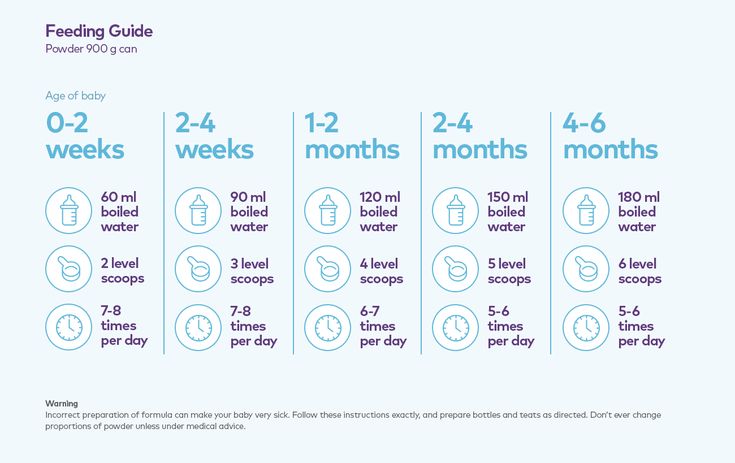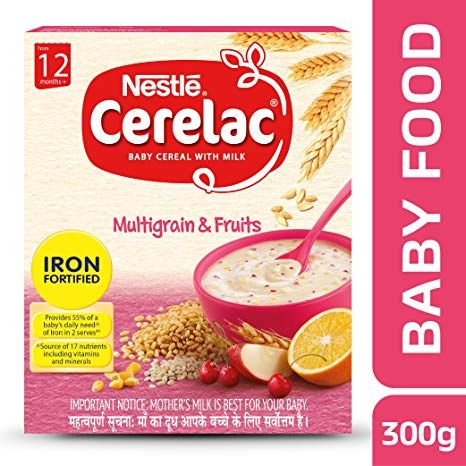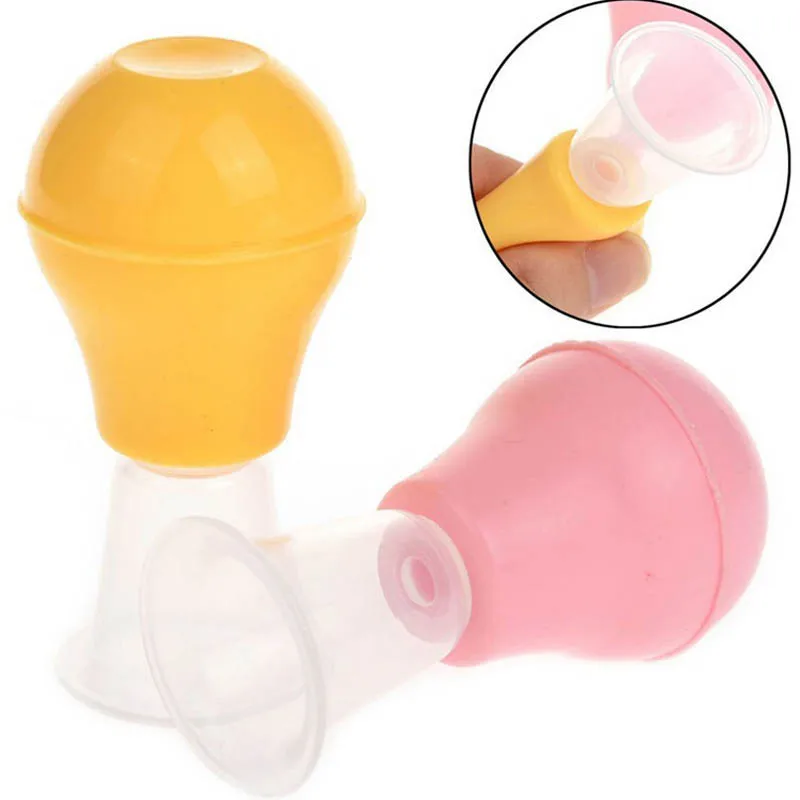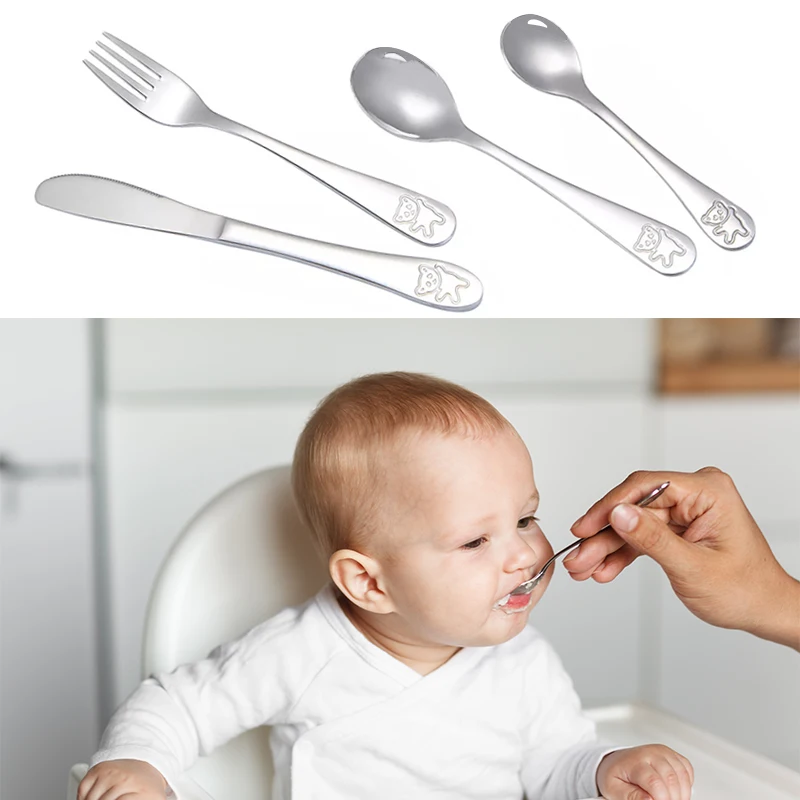Cluster feeding baby formula
Cluster Feeding Your Newborn: Helpful Tips
If you’re breastfeeding, you might find that your little one sometimes keeps you busier than usual from time to time. Occasional sudden increases in the frequency of feeds, usually caused by growth spurts, are sometimes known as cluster feeding.
Cluster feeding affects breastfeeding moms in particular; however, formula-fed babies can also feed more frequently at certain stages of development.
Why do babies cluster feed? When does cluster feeding start? When might it end? What’s the best way to cope with a cluster-feeding baby? Keep reading for the answers to these questions and more.
What Is Cluster Feeding?
Cluster feeding is a term used to describe when a breastfed baby wants to be fed more often than usual at certain times of the day.
Every baby is different, so it’s difficult to define precisely when normal feeding crosses the line to become cluster feeding. As a breastfeeding mom, what you’ll notice is a marked increase in the number of feeds compared to what’s been normal so far.
But what does normal even mean, given that the frequency of your little one’s feeds tends to change anyway as your little one grows?
Well, right after birth, your newborn baby’s stomach is still very small, so in the first few days it’s normal for your little one to eat very often — perhaps every one to three hours — to get all the nutrients she needs.
Then, during your baby’s first few weeks and later when your baby is about 1 month old and 2 months old, her stomach gets bigger and she gradually starts taking more milk at each feed. The gaps between feeds also usually get longer.
If your baby starts cluster feeding, this trend is suddenly reversed. When this happens, it might seem as if you’re back to square one, and that your little one has reverted to the constant feeding you experienced in those first few days or weeks.
But don’t worry: Cluster feeding is a common and normal stage in your baby’s development. While it may be a little more tiring for you, it’s actually helping her grow and develop.
While it may be a little more tiring for you, it’s actually helping her grow and develop.
Why Does a Newborn Baby Start Cluster Feeding?
Bouts of cluster feeding can occur if your little one is having a growth spurt and needs more food to fuel this rapid development.
Despite their name, growth spurts aren’t always related to an increase in your baby’s size and weight; you could also see a spike in your little one’s appetite when she’s working on developing new mental or motor skills.
In the first year, babies tend to experience the most rapid growth in the first two months after birth, so there may be a higher chance of cluster feeding during this period.
A growth spurt often occurs at around the beginning of the second week, and another one is common between three and six weeks, but every baby is different. There’s no knowing precisely when your little one’s hunger pangs will strike, or how long the cluster feeding phase will last.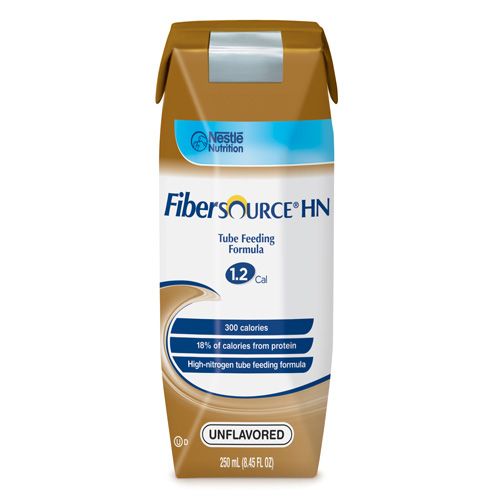
Do Formula-Fed Babies Cluster Feed?
The short answer is yes, they can. Although formula-fed babies usually feed less often than breastfed ones because breast milk is digested faster than formula, formula-fed babies, of course, also experience growth spurts — and the associated munchies — as well.
If you’re formula feeding your little one, there’s a chance that she may eat more frequently — and even cluster feed — during these periods, too; but it’s also possible that the interval between feeds will stay more or less the same and she’ll just want to take a little more at each feed. Paced bottle feeding is a good method to use if you prefer your baby having more control over the pace of feeding.
How Long Does Cluster Feeding Last?
Feeding patterns can vary continuously for as long as your baby is breastfed or formula-fed, but bouts of cluster feeding generally occur during the first few weeks and months after your little one is born.
How to Deal With Cluster Feeding
Bouts of cluster feeding can make those first few months — already a tiring time — seem more challenging, but it’s important to go with the flow and ride out those periods of more intensive feeding. Remember, the growth spurts won’t last forever.
In the meantime, try and get as much rest as you can in the “calmer” periods, and take steps to avoid getting sore nipples, such as making sure your baby’s mouth is deeply latched, and using different breastfeeding positions from time to time.
Rather than setting a rigid timetable for feeding your baby, keep an eye out for feeding cues — the signs that he’s hungry — and let him feed “on demand” as much as possible.
Signs that your baby is hungry include turning towards your breast (rooting) if he’s breastfeeding, as well as smacking his lips or putting a fist in his mouth and sucking on it.
Reach out to your healthcare provider or enlist the help of a lactation consultant if you need help with cluster feeding or any other aspect of breastfeeding.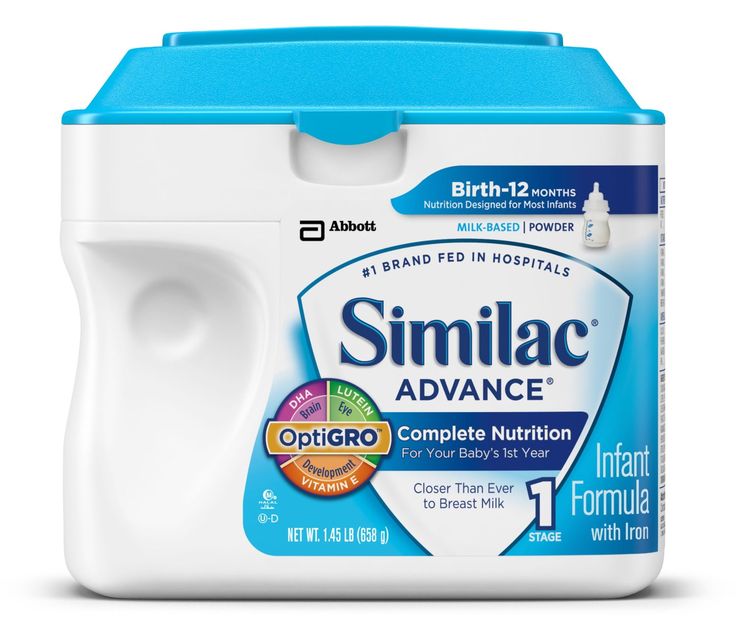
Our downloadable go-to breastfeeding guide is also a great source of tips and advice.
How to Tell if Your Baby Is Still Eating the Right Amount
All the changes in feeding patterns that can occur during those first few months of your little one’s life can be confusing. If you’re at all unsure, check in with your baby’s healthcare provider.
In the meantime, here are some ways to check your baby is getting enough milk:
Pay attention to your baby’s feeding cues. If you’re breastfeeding, it’s hard to be sure exactly how much milk your little one’s had. Keep in mind that your baby’s feeding sessions can vary in length, and he’ll usually stop eating when he’s feeling full. If you’re bottle-feeding, you might be unsure whether your little one has gotten all the breast milk or formula he needs from the bottle. Signs that he’s still hungry might include putting his hand in his mouth or smacking his lips after draining the feeding bottle dry. Fidgeting or looking distracted mid-feed could mean he’s no longer hungry.
 As your little one’s feeding patterns become established, you’ll soon get to know his unique signals and cues.
As your little one’s feeding patterns become established, you’ll soon get to know his unique signals and cues.Keep an eye on your baby’s growth. As long as your little one’s size and weight gain are on track, he’s probably eating the right amount. Your baby’s healthcare provider will be keeping track of all this for you.
Count those dirty diapers. What goes in must come out, so counting wet and poopy diapers is another way of keeping tabs on your baby’s intake of fluid and nutrients. After the first 5 days, around 6 or more heavy wet diapers and about 3 or 4 poopy ones every 24 hours is a good sign that your little one is getting enough milk. Incidentally, all those diapers — whether they end up filled with meconium, regular poop, or pee — could be earning you great gifts, discounts, and coupons. Download the Pampers Rewards app to get started.
Will Cluster Feeding Make My Breast Milk Run Out?
Your little one’s feeding actually stimulates milk production, so in most cases your body will ramp up the supply to meet demand during periods of cluster feeding.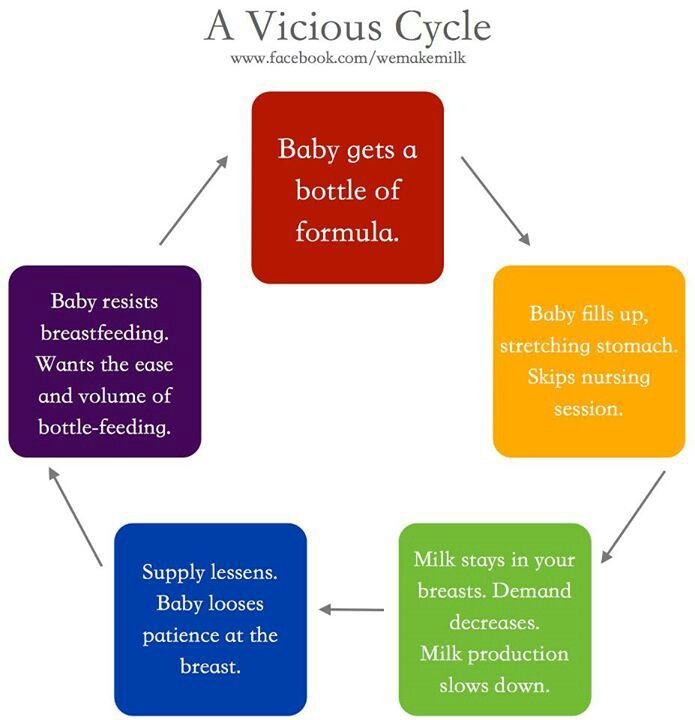
Stress or illness may decrease your milk supply temporarily. Ways of overcoming these temporary glitches include staying hydrated, eating healthily, and getting a little more rest (if you can).
Some medications can also affect your milk supply. If you think a medicine that you’re taking could be reducing the amount of breast milk you make, talk to your healthcare provider. Your provider might be able to suggest an alternative medication for you while you’re breastfeeding.
If you think you might not be producing enough milk, you can always ask your provider or a lactation consultant for personalized advice on how to increase your breast milk supply.
Caring for a newborn baby is a full-time job and, just like any other rewarding occupation, it can have its more relaxed and its busier periods. For most moms, times of cluster feeding fall into the latter category!
But there’s a big upside to all of this: As you watch your little one growing and changing from day to day, simply knowing that each bout of cluster feeding is fueling the next stage of your baby’s development will make the extra effort seem worth it in the end.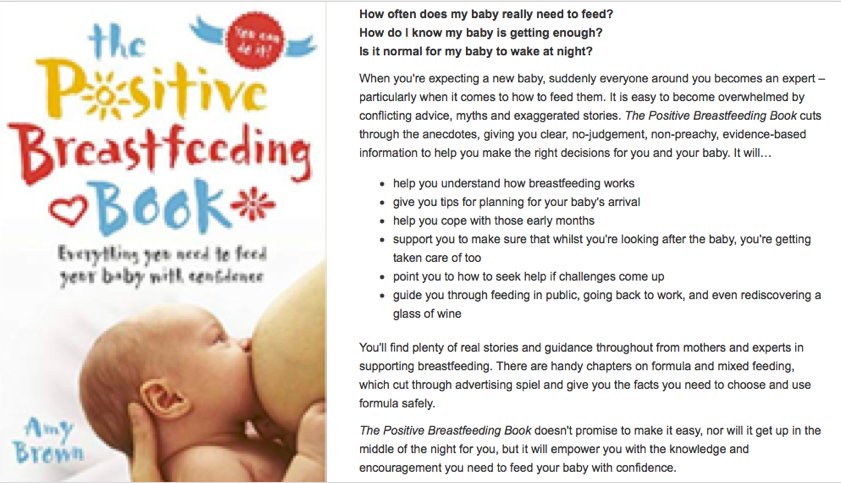
Cluster Feeding Survival Guide | Ready, Set, Food!
Cluster feeding is a completely normal phase where your baby feeds more frequently, because they’re going through a growth spurt. Here’s what you need to know when your baby starts cluster feeding.
Does your newborn want to feed several times close together, often during the evening? This may be frustrating, but it’s completely normal --- it’s a phase known as cluster feeding. Here’s what you need to know when your baby has started cluster feeding, including tips for this often-tiring phase.
What is cluster feeding?
Cluster feeding is when baby wants to feed several times during a shorter period (in clusters).
A cluster feed usually lasts for a few hours at a time, and looks very different from baby’s typical feeding habits. Baby might alternate between eating, crying and possibly resting several times in a 2-3 hour period. They might want to feed every 20-30 minutes within this timeframe.
Cluster feeding is perfectly normal, so don’t be alarmed at the changes in your baby’s feeding routine.
Why do babies cluster feed?
Cluster feeding is a way for newborn babies to make sure they get enough breastmilk (or formula) when they’re going through a growth spurt, to satisfy their increased developmental needs.
During this growth spurt, baby instinctively knows that feeding in clusters is the best way to encourage their mother to produce more breastmilk. Breastmilk production is all about “supply and demand” --- the more baby drinks, the greater supply their mother will have to meet their needs.
If you’re breastfeeding, this doesn’t mean that you weren’t producing enough milk before. Rather, baby’s just entering a time where they need more milk, and the cluster feed helps your body respond by producing more.
Do bottle-fed babies cluster feed?
Cluster feeding doesn’t just happen with breastfeeding babies, because it involves a natural instinct.
Even though the reasons behind cluster feeding involve getting a breastfeeding mother to produce more milk when baby needs it most, many bottle-fed babies will also want to cluster feed.
After all, all babies need more nutrients when they are going through growth spurts. And bottle-fed babies don’t always lose the instinct to take in those nutrients in a cluster pattern, just because they’re drinking from a bottle.
So, although cluster feeding is most common in breastfed babies, don’t be surprised if your bottle-fed baby starts cluster feeding.
Why does cluster feeding happen in the evening?
Experts don’t yet know why cluster feeds tend to occur in the evening or early afternoon (the period when baby tends to be fussiest). But they do have some theories.
Some experts think that babies’ still-developing nervous system makes them overtired or overstimulated, and that cluster feeding helps them relax.
Other experts believe that cluster feeding helps build mothers’ milk supply up during a time of day when it can naturally be slightly lower.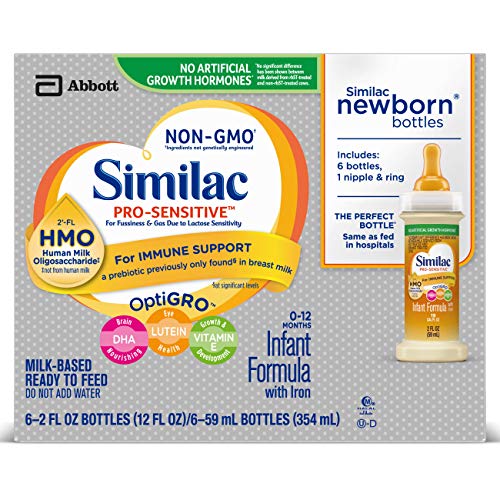 Cluster feeding may help fight against that slight drop, so baby can get the nutrients they need before bed.
Cluster feeding may help fight against that slight drop, so baby can get the nutrients they need before bed.
How to know when baby has entered the cluster feeding period?
Cluster feeding usually starts around baby’s third week of life. Then, it stops, and happens again around baby’s sixth week of life. This coincides with baby’s major growth spurts. Of course, every baby is different, so they may not start cluster feeding at these exact times.
On average (outside of cluster feeding), your 0-8 week old baby will feed 8 to 12 times every 24 hours.But if baby wants to feed more often than that (especially closer together), they’ve probably started cluster feeding.
Even though cluster feeding can be hard to identify (since babies often don’t have a predictable feeding schedule), these signs may indicate that your baby has started cluster feeding:
- Baby wants to feed repeatedly and constantly
- Even if they’ve already been fed, baby doesn’t seem satisfied with the feeding (especially in the evenings or later afternoons)
- Baby eats more frequently, in shorter sessions than normal
- Baby won’t stop crying until they’re fed
- Besides the urges to feed frequently and the added fussiness when hungry, nothing seems “wrong” with baby
- Baby is content during feedings
- Baby still has the same amount of wet and dirty diapers
When they’re in the cluster feeding phase, baby will usually exhibit signs of hunger frequently during the evenings, even after they’ve already been fed.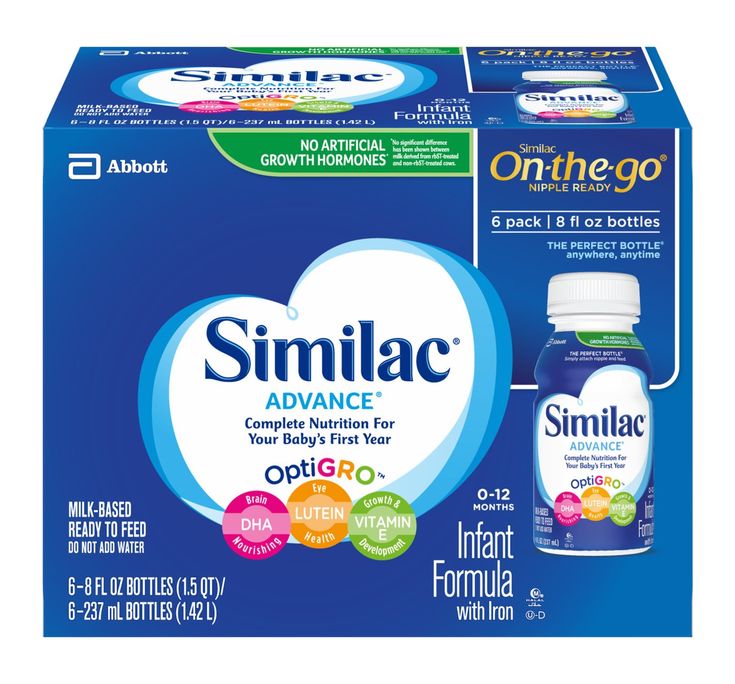 These may include:
These may include:
- Rooting (searching for the breast or bottle, or turning their head towards whatever touches their cheek)
- Nuzzling against the breast
- Opening the mouth wide
- Mouthing
- Moving the fists to the mouth
- Lip-smacking
- Fussiness
- Becoming more alert
How long does cluster feeding last?
Each cluster feeding period usually lasts for a few days at a time. Babies usually “grow out of” cluster feeding around 3 or 4 months of age (of course, every baby is different.)
But if an older baby gets sick, or is teething, and needs the comfort of frequent feeding, they might cluster feed. Cluster feeding might also happen if an older baby goes through another growth spurt.
Regardless of when it happens, if your baby’s “cluster feeding” lasts longer than a few days, you need to check their weight and call your doctor. This may be a sign that your baby isn’t getting enough calories.
How to deal with cluster feeding?
The most important thing to remember during cluster feeding is that it’s completely normal. Don’t try to stop the cluster feed. Rather, let baby feed as often as they need to and want to.
Yes, cluster feeding can be frustrating, as it can be near-impossible to sleep when baby wants to feed every hour.
But these survival tips may help make the cluster feeding period more bearable for you and your family.
- Don’t be afraid to ask for assistance when you need it.
- If you’re breastfeeding and you’ve pumped breastmilk, or if you’re bottle-feeding, you could have another family member offer a bottle (or bottles). Then, use that time for self-care (such as a walk, a shower, or a few uninterrupted minutes to yourself),
- Keep water and nutritious snacks by your feeding area to stay nourished. This is especially important if you’re breastfeeding.
- Get plenty of rest beforehand. Try to nap for a few hours just prior to when you expect the cluster feed.
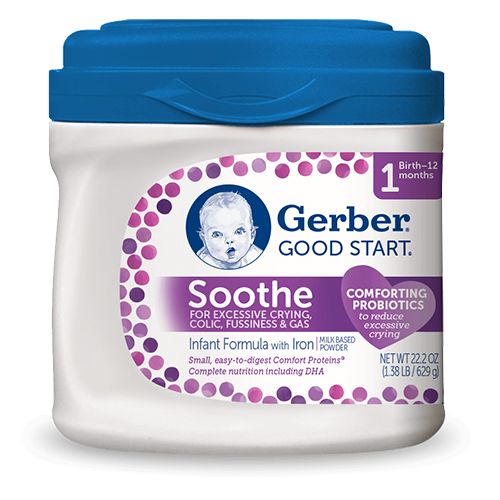
- Make sure you’re nourished and hydrated by eating a healthy meal, and drinking plenty of water, just before the cluster feeding time.
- Plan ahead in other ways if you can. Use the bathroom, and try to get comfortable in your feeding area, right before you think baby will want to cluster feed.
- Plan to cluster feed in front of the TV so you can watch a movie or show that you enjoy.
- Or, plan to listen to an audiobook, podcast, or music during a feed.
- Practice feeding baby in a sling or carrier. That way, you’ll be able to walk around while you cluster feed.
- Call a friend or family member while you cluster feed.
- Switch up your feeding positions frequently to keep from getting sore.
- If you have older children, designate special toys (or shows) for them that they can only enjoy during baby’s feeding times.
- Ask your partner (or friends/relatives) for help with cooking and housework during baby’s cluster feeding periods.
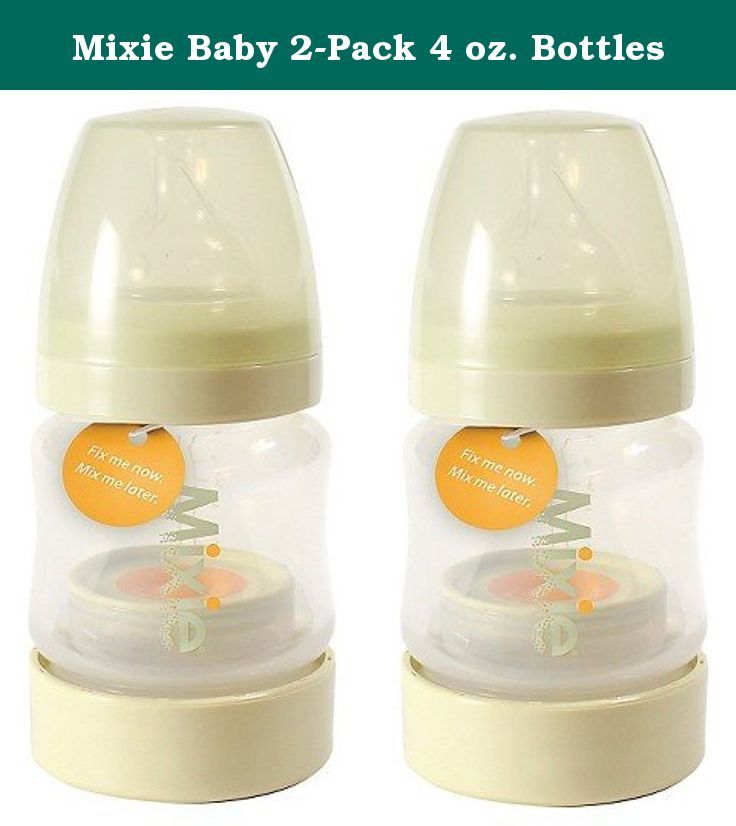
- If you’re breastfeeding, don’t assume that cluster feeding means your milk supply is low. Also, don’t automatically assume that you have to switch to formula (or supplement nursing with formula). You’ll need to keep breastfeeding (or pumping) consistently to maintain the milk supply baby needs.
- If needed when breastfeeding, consider pumping between feeds, or using “power pumping,” to help your body produce the milk baby needs during cluster feeds. This way, you’ll be able to offer some or all of the milk in a bottle during cluster feeding (or let someone else feed baby, freeing you up).
- If you have any concerns about breastfeeding during this time, consider talking to a lactation consultant.
Mama Natural offers more tips for supporting yourself and your baby during cluster feeding. Note that these tips are largely geared towards breastfeeding moms:
How to soothe baby during cluster feeding times?
Cluster feeding usually coincides with baby’s fussiest times. They may cry a lot in between feedings, even though they’ll be satisfied during the feedings themselves.
They may cry a lot in between feedings, even though they’ll be satisfied during the feedings themselves.
These tips may help you soothe baby during a cluster feed:
- Move baby around while feeding (walk while using a sling or carrier, or gently rock baby).
- Sing or talk to baby with a gentle voice.
- Play soothing sounds (white noise or calming music). Turning on a fan may also create white noise.
- Hold baby close to help them feel secure. Swaddling them may help as well.
- Feed baby in a quiet, dark room to remove unsettling stimuli.
- Try holding baby in different positions.
What is the difference between cluster feeding and colic?
When baby is cluster feeding, they may cry a lot, especially during the evenings, but they’ll be satisfied during feeding.
However, if baby keeps crying for several hours per day, for no good reason, and feeding doesn’t satisfy them, they may have colic.
Colic crying can sound like screaming, while cluster feed crying will sound like baby’s normal “hungry” cry.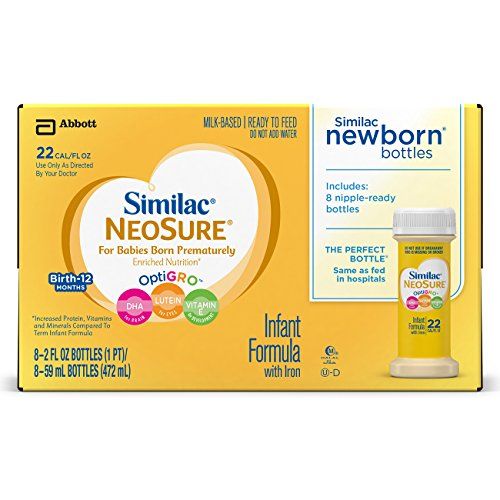 Also, colic crying tends to peak at six weeks, continue without a break, and stop around three months of age (a different pattern than cluster feed crying).
Also, colic crying tends to peak at six weeks, continue without a break, and stop around three months of age (a different pattern than cluster feed crying).
Please read this article for more on identifying and managing colic.
Wrapping up
Even though it may be frustrating, cluster feeding is a normal way for baby to get more nutrients during their growth spurts (and encourage you to produce more milk if you’re breastfeeding). Embrace this time the best you can, and follow the tips we’ve given to help make it more bearable. It will pass eventually!
--------------------------------
All health-related content on this website is for informational purposes only and does not create a doctor-patient relationship. Always seek the advice of your own pediatrician in connection with any questions regarding your baby’s health.
These statements have not been evaluated by the Food and Drug Administration. Products are not intended to diagnose, treat, cure or prevent any disease.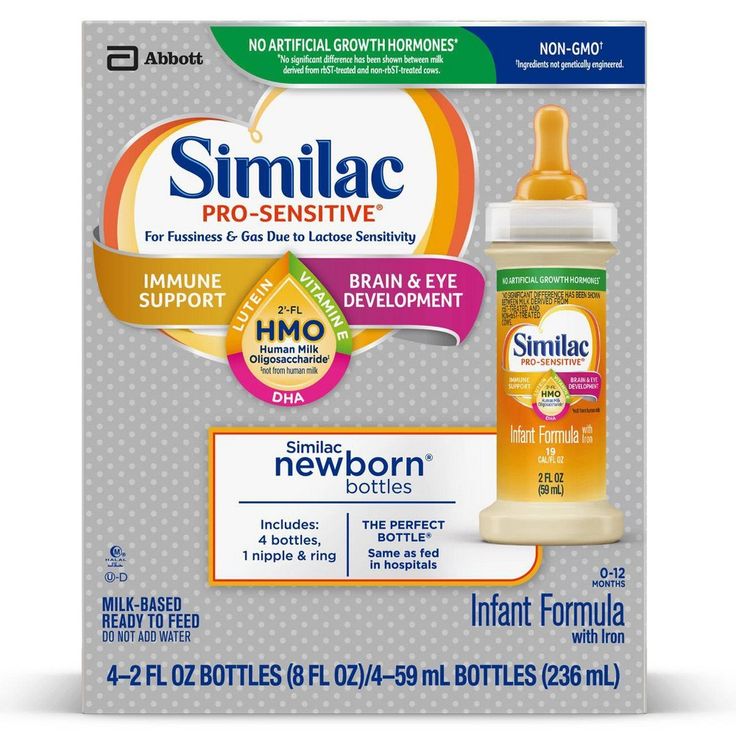
See the FDA Peanut Allergy Qualified Health Claim at the bottom of our homepage.
Breast milk and formula: what do they have in common?
1 Cribb VL et al. Contribution of inappropriate complementary foods to the salt intake of 8-month-old infants. Eur J Clin Nutr . 2012;66(1):104. - Cribb V.L. et al., "Effects of inappropriate complementary foods on salt intake in 8-month-old infants". Yur J Clean Nutr. 2012;66(1):104.
2 Lönnerdal B. Nutritional and physiologic significance of human milk proteins. Am J Clin Nutr . 2003;77(6):1537 S -1543 S - Lönnerdahl B., "Biologically active proteins of breast milk". F Pediatrician Child Health. 2013;49 Suppl 1:1-7.
3 Savino F et al. Breast milk hormones and their protective effect on obesity. Int J Pediatric Endocrinol. 2009;2009:327505. - Savino F. et al., "What role do breast milk hormones play in protecting against obesity." Int J Pediatrician Endocrinol. 2009;2009:327505.
Int J Pediatric Endocrinol. 2009;2009:327505. - Savino F. et al., "What role do breast milk hormones play in protecting against obesity." Int J Pediatrician Endocrinol. 2009;2009:327505.
4 Hassiotou F, Hartmann PE. At the Dawn of a New Discovery: The Potential of Breast Milk Stem Cells. Adv Nutr . 2014;5(6):770-778. - Hassiot F, Hartmann PI, "On the threshold of a new discovery: the potential of breast milk stem cells." Adv Nutr. 2014;5(6):770-778.
5 Hassiotou F et al. Maternal and infant infections stimulate a rapid leukocyte response in breastmilk. Clin Transl Immunology . - Hassiot F. et al., "Infectious diseases of the mother and child stimulate a rapid leukocyte reaction in breast milk." Clean Transl Immunology. 2013;2(4):e3.
6 Pannaraj PS et al. Association Between Breast Milk Bacterial Communities and Establishment and Development of the Infant Gut Microbiome.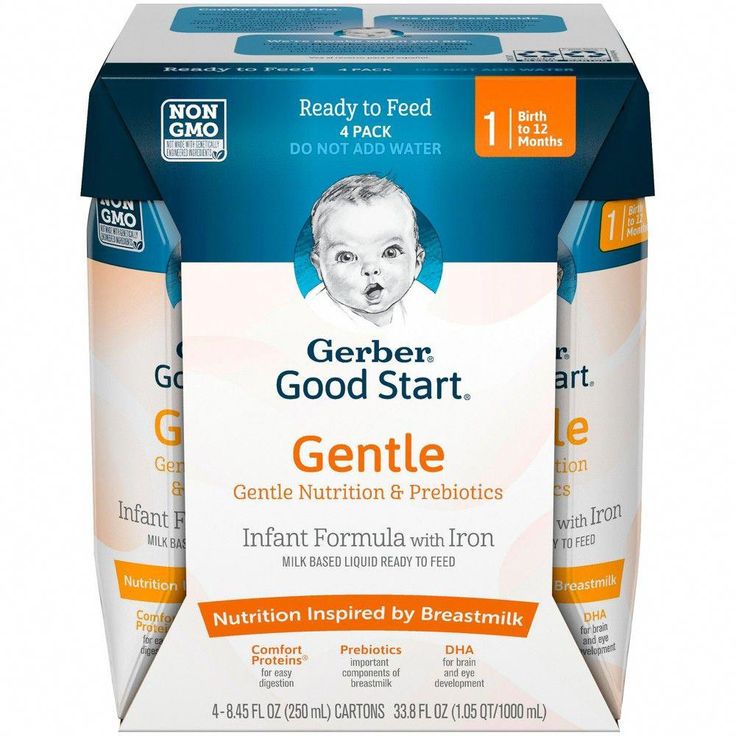 JAMA Pediatr. 2017;171(7):647-654. - Pannaraj P.S. et al., "Bacterial communities in breast milk and their association with the emergence and development of the neonatal gut microbiome". JAMA pediatric. 2017;171(7):647-654.
JAMA Pediatr. 2017;171(7):647-654. - Pannaraj P.S. et al., "Bacterial communities in breast milk and their association with the emergence and development of the neonatal gut microbiome". JAMA pediatric. 2017;171(7):647-654.
7 Bode L. Human milk oligosaccharides: every baby needs a sugar mama.Glycobiology. 2012;22(9):1147-1162. - Bode L., "Oligosaccharides in breast milk: a sweet mother for every baby." Glycobiology (Glycobiology). 2012;22(9):1147-1162.
8 Deoni SC et al. Breastfeeding and early white matter development: A cross-sectional study. neuroimage. 2013;82:77-86. - Deoni S.S. et al., Breastfeeding and early white matter development: a cross-sectional study. Neuroimaging. 2013;82:77-86.
9 Birch E et al. Breast-feeding and optimal visual development. J Pediatr Ophthalmol Strabismus. 1993;30(1):33-38. - Birch, I. et al.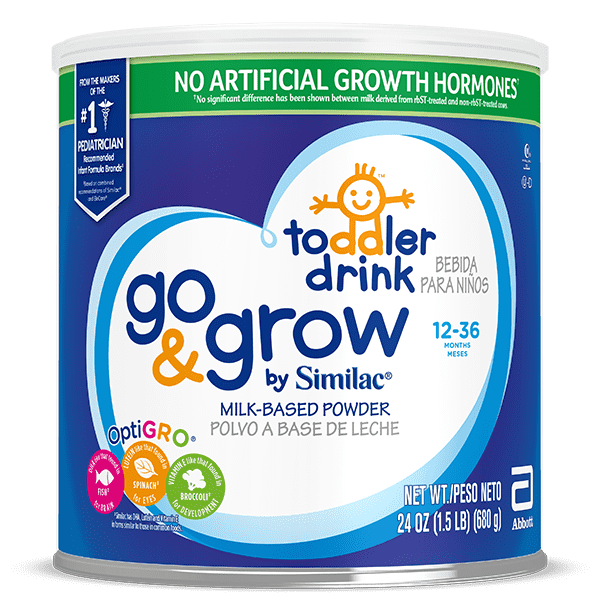 , "Breastfeeding and Optimum Vision Development." J Pediatrician Ophthalmol Strabismus. 1993;30(1):33-38.
, "Breastfeeding and Optimum Vision Development." J Pediatrician Ophthalmol Strabismus. 1993;30(1):33-38.
10 Sánchez CL et al. The possible role of human milk nucleotides as sleep inducers. Nutr Neurosci . 2009;12(1):2-8. - Sanchez S.L. et al., "Nucleotides in breast milk may help the baby fall asleep." Nutr Neurosai. 2009;12(1):2-8.
11 Moukarzel S, Bode L. Human Milk Oligosaccharides and the Preterm Infant: A Journey in Sickness and in Health. Clin Perinatol. 2017;44(1):193-207. - Mukarzel S., Bode L., "Breast milk oligosaccharides and the full-term baby: a path to illness and health." Klin Perinatol (Clinical perinatology). 2017;44(1):193-207.
12 Beck KL et al. Comparative Proteomics of Human and Macaque Milk Reveals Species-Specific Nutrition during Postnatal Development. J Proteome Res .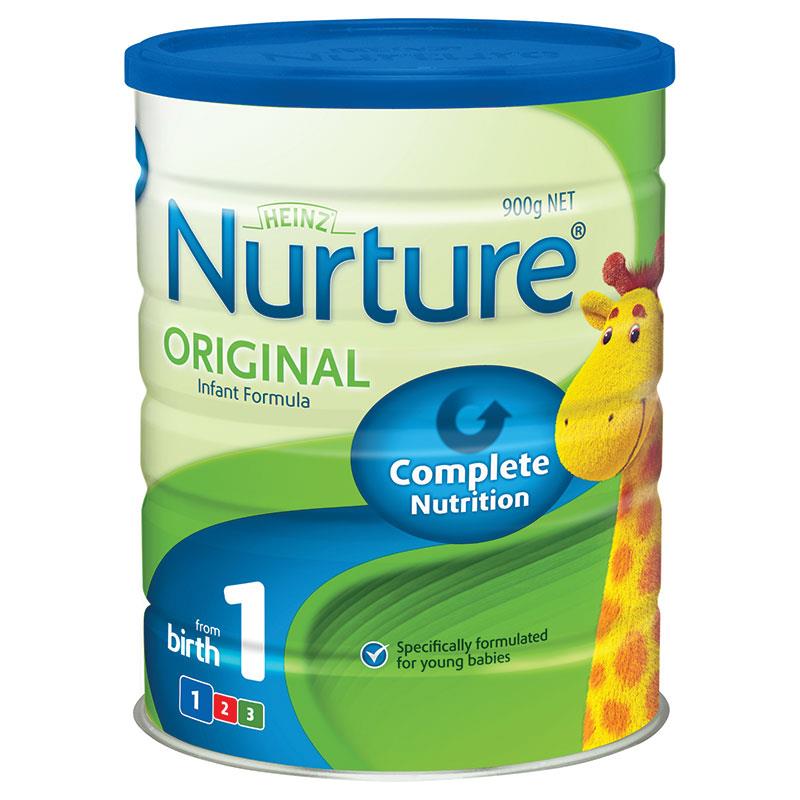 2015;14(5):2143-2157. - Beck K.L. et al., "Comparative proteomics of human and macaque milk demonstrates species-specific nutrition during postnatal development." G Proteome Res. 2015;14(5):2143-2157.
2015;14(5):2143-2157. - Beck K.L. et al., "Comparative proteomics of human and macaque milk demonstrates species-specific nutrition during postnatal development." G Proteome Res. 2015;14(5):2143-2157.
13 Michaelsen KF, Greer FR. Protein needs early in life and long-term health. Am J Clin Nutr . 2014;99(3):718 S -722 S . - Mikaelsen KF, Greer FR, Protein requirements early in life and long-term health. Am J Clean Nutr. 2014;99(3):718S-722S.
14 Howie PW et al. Positive effect of breastfeeding against infection. BMJ .1990;300(6716):11-16. — Howie PW, "Breastfeeding as a defense against infectious diseases." BMJ. 1990;300(6716):11-16.
15 Duijts L et al. Prolonged and exclusive breastfeeding reduces the risk of infectious diseases in infancy. Pediatrics , 2010;126(1): e 18-25. - Duitz L. et al., "Prolonged exclusive breastfeeding reduces the risk of infectious diseases in the first year of life." Pediatrix (Pediatrics). 2010;126(1):e18-25.
Pediatrics , 2010;126(1): e 18-25. - Duitz L. et al., "Prolonged exclusive breastfeeding reduces the risk of infectious diseases in the first year of life." Pediatrix (Pediatrics). 2010;126(1):e18-25.
16 Ladomenou F et al. Protective effect of exclusive breastfeeding against infections during infancy: a prospective study. Arch Dis Child . 2010;95(12):1004-1008. - Ladomenu, F. et al., "The effect of exclusive breastfeeding on infection protection in infancy: a prospective study." Arch Dis Child. 2010;95(12):1004-1008.
17 Vennemann MM et al. Does breastfeeding reduce the risk of sudden infant death syndrome?. Pediatrics . 2009;123(3): e 406- e 410. - Wennemann M.M. et al., "Does Breastfeeding Reduce the Risk of Sudden Infant Death?" Pediatrix (Pediatrics).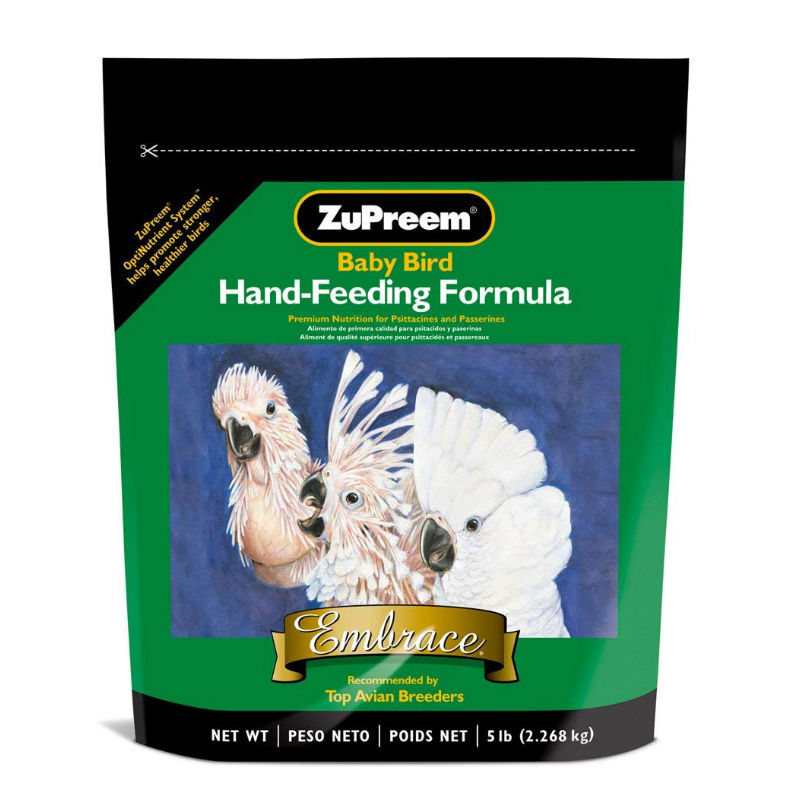 2009;123(3):e406-e410.
2009;123(3):e406-e410.
18 Straub N et al. Economic impact of breast-feeding-associated improvements of childhood cognitive development, based on data from the ALSPAC. Br J Nutr . 2016;1-6. - Straub N. et al., "Economic Impact of Breastfeeding-Associated Child Cognitive Development (ALSPAC)". Br J Nutr . 2016;1-6.
19 Heikkilä K et al. Breast feeding and child behavior in the Millennium Cohort Study. Arch Dis Child . 2011;96(7):635-642 - Heikkila K. et al., Breastfeeding and Child Behavior in a Millennial Cohort Study. Arch Dis Child. 2011;96(7):635-642.
20 Singhal A et al. Infant nutrition and stereoacuity at age 4–6 y. Am J Clin Nutr , 2007;85(1):152-159.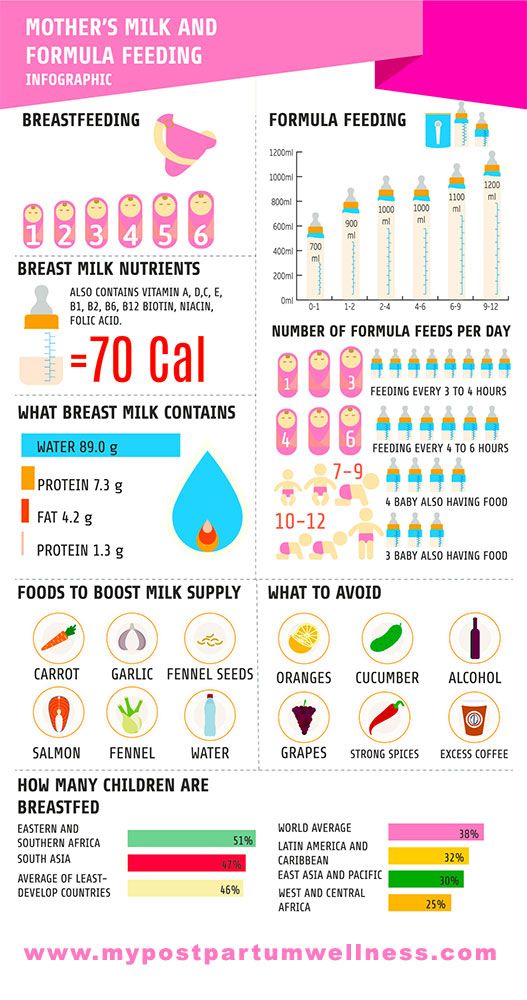 - Singhal A. et al., Nutrition in infancy and stereoscopic visual acuity at 4-6 years of age. Am F Clean Nutr. 2007;85(1):152-159.
- Singhal A. et al., Nutrition in infancy and stereoscopic visual acuity at 4-6 years of age. Am F Clean Nutr. 2007;85(1):152-159.
21 Peres KG et al. Effect of breastfeeding on malocclusions: a systematic review and meta - analysis. Acta Paediatr . 2015;104(467):54-61. - Perez K.G. et al., "The impact of breastfeeding on malocclusion: a systematic review and meta-analysis". Akta Pediatr. 2015;104(S467):54-61.
22 Horta B et al. Long - term consequences of breastfeeding on cholesterol, obesity, systolic blood pressure and type 2 diabetes: a systematic review and meta - analysis. Acta Paediatr . 2015;104(467):30-37. - Horta B.L. et al., "Long-term effects of breastfeeding and their impact on cholesterol, obesity, systolic blood pressure, and type 2 diabetes: a systematic review and meta-analysis. " Akta Pediatr. 2015;104(S467):30-37.
" Akta Pediatr. 2015;104(S467):30-37.
23 Lund-Blix NA. Infant feeding in relation to islet autoimmunity and type 1 diabetes in genetically susceptible children: the MIDIA Study. Diabetes Care . 2015;38(2):257-263. - Lund-Blix N.A. et al., "Breastfeeding in the context of isolated autoimmunity and type 1 diabetes in genetically predisposed children: the MIDIA study ". Diabitis Care. 2015;38(2):257-263.
24 Amitay EL, Keinan-Boker L. Breastfeeding and Childhood Leukemia Incidence: A Meta-analysis and Systematic Review. JAMA Pediatr . 2015;169(6): e 151025. - Amitai I.L., Keinan-Boker L., "Breastfeeding and incidence of childhood leukemia: a meta-analysis and systematic review." JAMA Pediatrician. 2015;169(6):e151025.
25 Bener A et al. Does continued breastfeeding reduce the risk for childhood leukemia and lymphomas? Minerva Pediatr.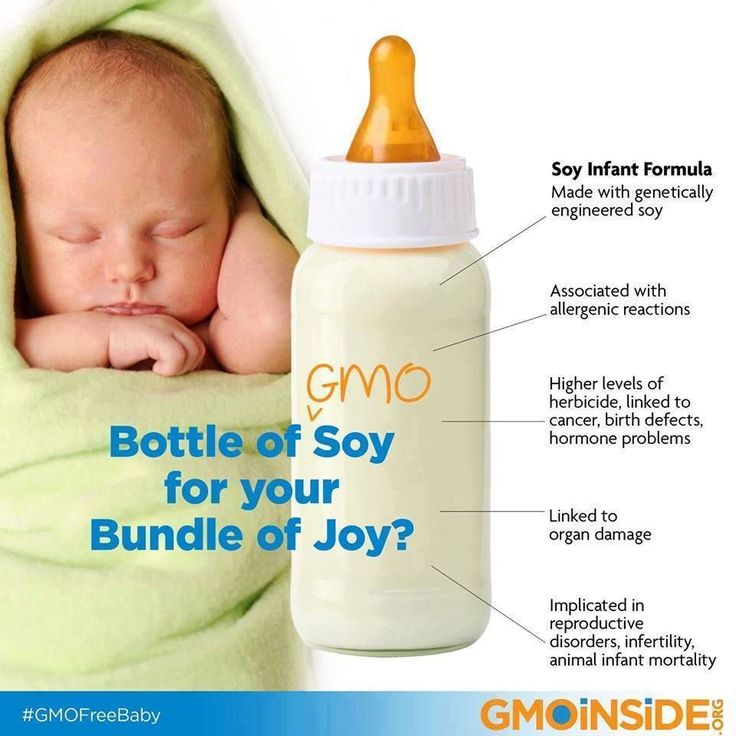 2008;60(2):155-161. - Bener A. et al., "Does long-term breastfeeding reduce the risk of leukemia and lymphoma in a child?". Minerva Pediatric. 2008;60(2):155-161.
2008;60(2):155-161. - Bener A. et al., "Does long-term breastfeeding reduce the risk of leukemia and lymphoma in a child?". Minerva Pediatric. 2008;60(2):155-161.
26 Dewey KG. Energy and protein requirements during lactation. Annu Rev Nutr . 1997;17:19-36. - Dewey K. J., "Energy and Protein Requirements During Lactation". Anna Rev Nutr. 1997 Jul;17(1):19-36.
27 Victoria CG et al. Breastfeeding in the 21st century: epidemiology, mechanisms, and lifelong effect. Lancet. 2016;387(10017):475-490. - Victor S.J. et al., "Breastfeeding in the 21st century: epidemiology, mechanisms and long-term effects". Lancet (Lancet). 2016;387(10017):475-490.
28 Jordan SJ et al. Breastfeeding and Endometrial Cancer Risk: An Analysis From the Epidemiology of Endometrial Cancer Consortium. Obstet Gynecol .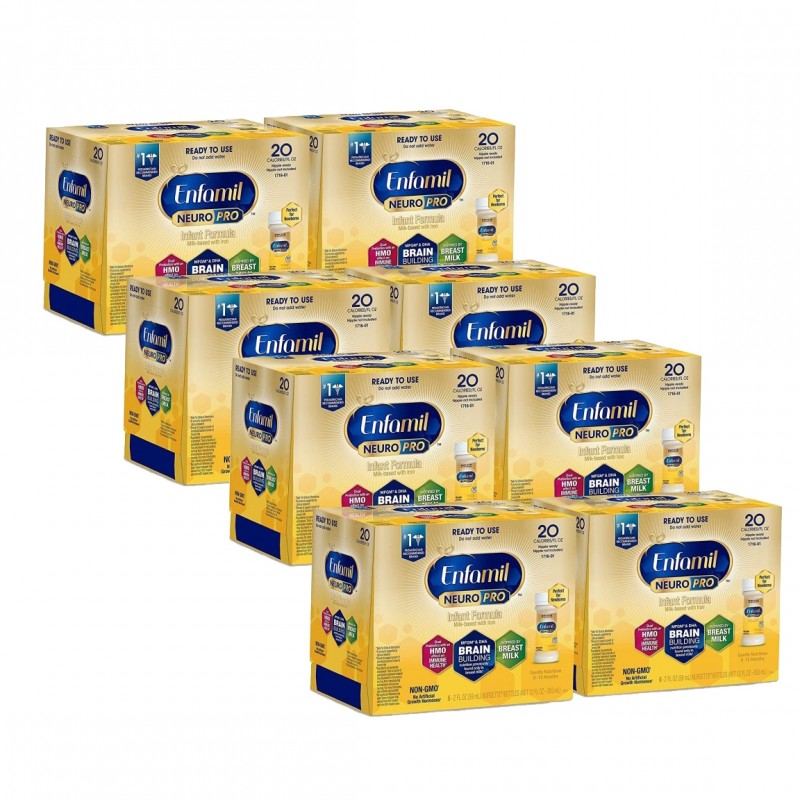 2017;129(6):1059-1067. — Jordan S.J. et al., "Breastfeeding and the risk of endometrial cancer: an analysis of epidemiological data from the Endometrial Cancer Consortium". Obstet Ginecol (Obstetrics and Gynecology). 2017;129(6):1059-1067.
2017;129(6):1059-1067. — Jordan S.J. et al., "Breastfeeding and the risk of endometrial cancer: an analysis of epidemiological data from the Endometrial Cancer Consortium". Obstet Ginecol (Obstetrics and Gynecology). 2017;129(6):1059-1067.
29 Li DP et al. Breastfeeding and ovarian cancer risk: a systematic review and meta-analysis of 40 epidemiological studies. Asian Pac J Cancer Prev . 2014;15(12):4829-4837. - Lee D.P. et al., "Breastfeeding and the risk of ovarian cancer: a systematic review and meta-analysis of 40 epidemiological studies." Asia Pas G Cancer Prev. 2014;15(12):4829-4837.
30 Peters SAE et al. Breastfeeding and the Risk of Maternal Cardiovascular Disease: A Prospective Study of 300,000 Chinese Women. J Am Heart Assoc . 2017;6(6). - Peters S.A. et al., "Breastfeeding and Maternal Risk of Cardiovascular Disease: A Prospective Study of 300,000 Chinese Women". J Am Hart Assoc. 2017;6(6):e006081.
2017;6(6). - Peters S.A. et al., "Breastfeeding and Maternal Risk of Cardiovascular Disease: A Prospective Study of 300,000 Chinese Women". J Am Hart Assoc. 2017;6(6):e006081.
31 U.S. Department of Health & Human Services [Internet]. Surgeon General Breastfeeding factsheet ; 2011 Jan 20 — Department of Health and Human Services [Internet], Breastfeeding Facts from the Chief Medical Officer, January 20, 2011 [cited April 4, 2018]
32 Doan T et al. Breast-feeding increases sleep duration of new parents. J Perinat Neonatal Nurs . 2007;21(3):200-206. - Dawn T. et al., "Breastfeeding increases parental sleep duration." G Perinat Neonatal Nurs. 2007;21(3):200-206.
33 Menella JA et al. Prenatal and postnatal flavor learning by human infants. Pediatrics . 2001;107(6): E 88. - Menella J.A. et al., Prenatal and Postnatal Taste and Smell Recognition in Children. Pediatrix (Pediatrics). 2001;107(6):e88.
- Menella J.A. et al., Prenatal and Postnatal Taste and Smell Recognition in Children. Pediatrix (Pediatrics). 2001;107(6):e88.
34 Forestell CA, Mennella JA. Early determinants of fruit and vegetable acceptance. Pediatrics . 2007;120(6):1247-1254. - Forestell S.A., Mennella J.A., "The First Signs of Readiness to Taste Fruits and Vegetables." Pediatrix (Pediatrics). 2007;120(6):1247-1254.
Which mixture is best for a newborn from 0 years old: rating 2020
For babies there is nothing better than mother's milk. However, it happens that breastfeeding is limited or impossible, and you have to switch to artificial. How to choose the right mixture?
Source: ShutterStock/Fotodom.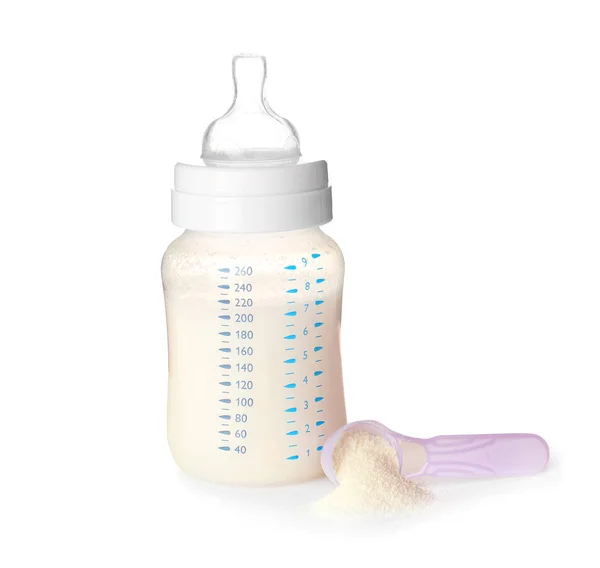 ru
ru
The birth of a baby is a great happiness for parents. And, of course, every mother strives to give her child the best. There is no better food for a newborn in the world than breast milk.
But what if for some reason you have to formula feed your baby? Someone preserves the beauty of their breasts, someone cannot feed for medical reasons, and someone does not have milk at all.
According to the recommendations of WHO (World Health Organization) and UNICEF (United Nations Children's Fund), adapted formula for newborns is the third way to feed a child after breast and donor milk.
How to choose a formula for a newborn
Source here and below: Unsplash
What is the best formula for newborns from 0 months? Do not rush to take the first box that comes across from the store shelf. The range of food for babies is very wide. However, advertising, brand awareness or reviews on the forums do not guarantee that one or another composition will suit your baby.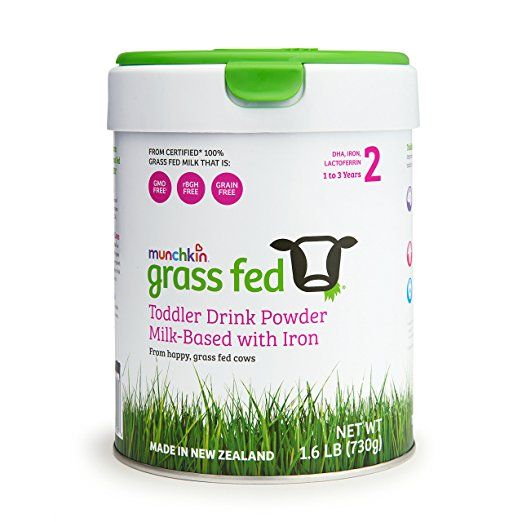
Every baby is different, so before introducing formula into your baby's diet, you should consult with a breastfeeding specialist and try to adjust your baby's natural nutrition.
Any transfer of a child to artificial feeding should be done only after consulting a pediatrician. It will take into account the characteristics of the baby's body: its age, weight dynamics, appetite, the state of the intestinal microflora, the presence of allergies, and digestive disorders. If necessary, he can even recommend a therapeutic mixture.
Doctors warn: do not choose the formula yourself. Firstly, manufacturers, alas, do not always provide reliable and complete information about their product. Secondly, the price is not the most important reference point.
What are infant formulas
The first thing to consider when choosing the best formula for newborns is whether it is age appropriate. In the case of breastfeeding, as the baby's digestive system develops and improves, the composition of breast milk also changes.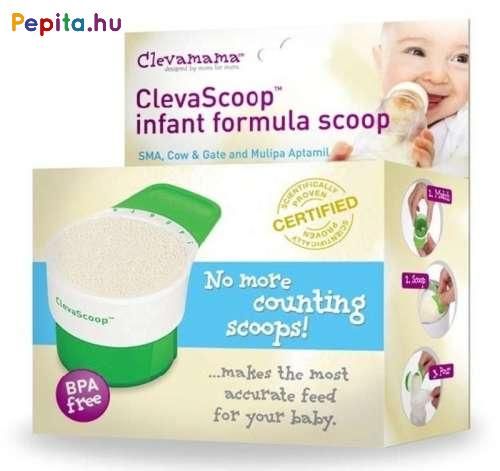 Therefore, the formula of mixtures for each age has its own. The milk formula number is indicated on the package. How to decrypt it?
Therefore, the formula of mixtures for each age has its own. The milk formula number is indicated on the package. How to decrypt it?
- The number "0" or the words "Pre", "Pre" in the name mean that the mixture is adapted for children who were born prematurely or with insufficient weight.
- Number "1". So labeled food for babies from 0 to 6 months.
- Number "2". The mixture is intended for babies up to 1 year.
- The numbers "3" or "4". The product is designed for children over 1 year old.
Most formulas are based on farm animal milk protein. However, the baby's body is not able to absorb it. Protein has to be changed. According to the degree of its modification, mixtures are:
- adapted - they are made on the basis of demineralized whey, as close as possible in structure to human milk,
- partially adapted - their composition is somewhat similar to that of breast milk,
- subsequent - these mixtures most often do not have whey, they are made from whole cow's milk with the addition of starch and sucrose.
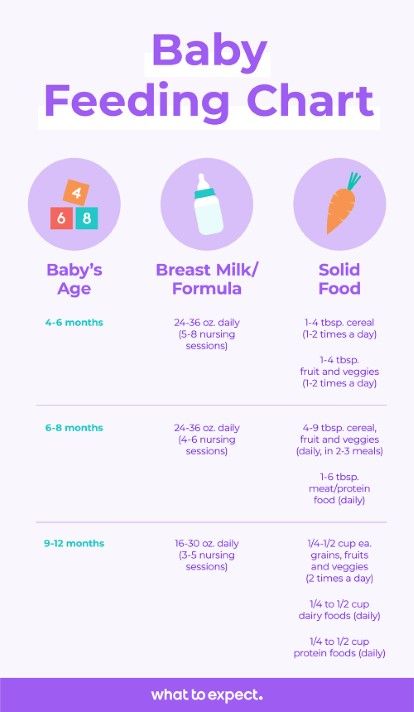
Do not miss
-
Do not miss
How to express breast milk correctly with a manual breast pump
If a child has an intolerance to cow's milk protein, various diseases or nuances of development and health, then after examination and diagnosis, the doctor may recommend anti-allergic mixtures based on goat's milk or soy. Therapeutic infant formulas are of several types:
- low lactose and lactose free,
- dairy-free, containing soy protein,
- based on whey protein hydrolyzate,
- gluten free,
- iron enriched,
- enriched with bifidobacteria,
- mixtures without phenylalanrine.
To understand which mixture to choose for a newborn, it is important to be able to read the composition correctly. Often the following ingredients are added to the product.
Often the following ingredients are added to the product.
- Prebiotics are oligosaccharides that tune the digestive tract to work better.
- Probiotics are live bifidobacteria that help digestion and strengthen the immune system.
- Fatty acids - or rather their subspecies, hidden under the abbreviation LCPUFA (long-chain polyunsaturated fatty acids).
- Nucleotides are biological compounds that are constituents of nucleic acids and are involved in the processes of energy exchange in cells.
- Taurine is an amino acid for the formation of the central nervous system.
- Iodine is an element in the composition of thyroid hormones that is responsible for body growth and metabolism.
5 rules for choosing infant formula
What to look for when choosing a mix on the counter? There are several characteristics that are important to check with every purchase.
- Best before date.
 It is safer to take a fresh mixture, the "age" of which is not more than 25% of the total shelf life.
It is safer to take a fresh mixture, the "age" of which is not more than 25% of the total shelf life. - Packaging integrity. Tin cans without dents, packages inside cardboard boxes without cracks and tears.
- Compound. It is better to double-check the advertising statements about the composition made by the manufacturer on the front side in large print.
- Pack size. Don't be tempted to buy a large pack because many blends spoil quickly once opened.
- Characteristics. If you are concerned about the smell or bitter taste, this may indicate improper storage conditions.
What is the best formula for newborns: ranking 2020
Attention! The rating of formulas for newborns is given for informational purposes only and does not replace the need to consult a doctor.
1. Kabrita Gold 1
One of the most expensive products on the infant formula market. The manufacturing company has about 55 own goat farms that feed exclusively on fresh grass.
The product has a delicate taste and a lot of useful properties. It's no secret that goat's milk is considered healthier than cow's milk due to its unique composition of nutrients. At the same time, the mixture does not have a specific goat smell. Its composition is truly unique and has been winning first places in competitions, ratings and tops for many years. The big disadvantage of this product is the high cost compared to competitors.
Distinctive feature: goat milk mixture.
2. Similac Gold 1
The blend is free of palm oil, a point that will please many parents who carefully check formulations for harmful substances. That is why a huge number of mothers have chosen Similac for many years.
It is quite sweet and really tasty. It contains vegetable oils that help digestion: the baby's stool becomes soft, constipation and gas formation disappear. The product also prevents colic. Of the minuses, the high cost can be noted.
Distinctive feature: prepared on the basis of vegetable oils, does not contain palm oil.
3. Nestle NAN Premium OPTIPRO 1
Perhaps one of the most popular milk formulas. It contains the highest amount of whey protein. It is this type of protein that is best absorbed.
Protein is the most necessary product for the full development of the body, even for an adult. The composition is also rich in essential vitamin complex A, E, D3, C, PP, B vitamins, polyunsaturated fatty acids and trace elements.
This product has an anti-reflux effect (that is, prevents spitting up). It is well absorbed and does not cause colic, reduces gas formation, and also contributes to the excellent functioning of the digestive system.
An additional plus is that it is presented on the shelves of most stores. The product is completely safe and does not contain preservatives. Of the minuses, the presence of palm oil in the composition can be distinguished.
Special feature: highest protein content.
4. Nutrilon 1 Premium
An equally popular product on the market recommended by many pediatricians.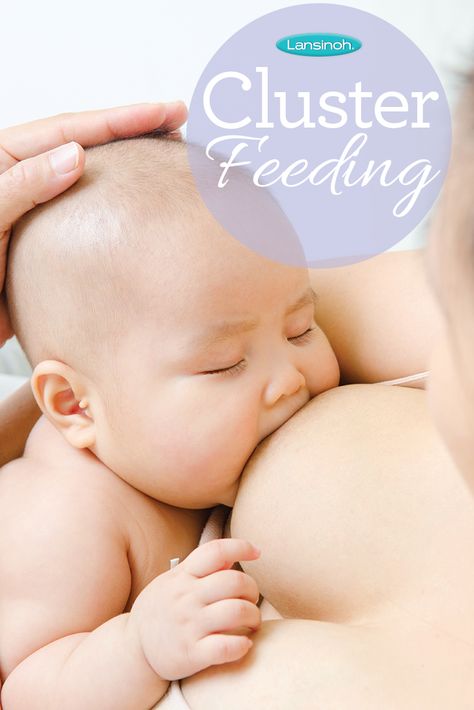 A useful product that most kids like to taste. The composition includes fish oil, which is so necessary for a growing child's body.
A useful product that most kids like to taste. The composition includes fish oil, which is so necessary for a growing child's body.
The texture of this mixture is a white powder, odorless. Mom's convenience and speed of cooking. The composition is also good: the components help strengthen the immune system and reduce the risk of allergic reactions. The disadvantages include the presence of palm oil in the composition.
Distinctive feature: odorless, dissolves quickly.
5. Friso Gold 1
Another market leader. Many mothers choose this milk formula, as they have noticed a real effect in reducing colic, gas and constipation. It has a very convenient packaging, which provides thoughtful storage of a measuring spoon. It tastes sweet and very pleasant.
According to the forums, the product has almost no negative reviews. The composition contains various vitamins, as well as useful substances, such as: calcium phosphate, iron sulfate, folic acid.
The main advantage of Friso Gold is that it contains nucleotides. They help build immunity. Of the minuses, it can be distinguished that the mixture contains palm and rapeseed oil, and also has a high cost.
They help build immunity. Of the minuses, it can be distinguished that the mixture contains palm and rapeseed oil, and also has a high cost.
Distinctive feature: contains nucleotides that contribute to the formation of natural immunity.
6. Valio Baby 1
Finnish production is famous for the good quality of its products. Valio Baby Formula 1 is palm oil free and rich in vitamins and minerals. Pleasant in taste and well absorbed.
Fruitfully affects the digestive system, prevents the formation of intestinal colic, gas formation and constipation in newborns. The disadvantages include the fact that it is not represented everywhere. Good value for money.
Distinctive feature: a new product on the Russian market, the quality of which is carefully monitored.
7. HiPP 1 Combiotic
Gluten and emulsifier free, no preservatives or colorants. This mixture has a great effect on the formation of the brain and vision. All components are carefully processed, so we can confidently talk about the excellent composition of the Hipp blend.
Distinctive feature: careful selection of ingredients, interesting design.
8. Nestle Nestogen 1
Nestogen instant formula with prebiotics and L. Reuteri lactobacilli is one of the most popular formulas in the low price segment. The manufacturer is Nestle. The undoubted advantages are low cost and the absence of palm oil in the composition. But the difference in price was reflected both in the packaging of the goods (it is cardboard) and in the composition.
However, the product contains vitamins and microelements, prebiotics (not to be confused with probiotics: probiotics are a culture of beneficial bacteria, prebiotics are substances that provide normal flora with nutrition and create conditions for its development), lactobacilli.
Features: no palm oil and economical cost.
9. Malyutka (Nutricia) 1
This formula has been on the Russian market for many years. For some reason, some mothers are wary of this product, but in vain. He has a well-balanced composition. The producers of the Baby mix (the well-known Nutricia company) are very careful in their production and take into account all the norms and requirements.
He has a well-balanced composition. The producers of the Baby mix (the well-known Nutricia company) are very careful in their production and take into account all the norms and requirements.
The color of the powder is yellow, it dissolves well and tastes good. The mixture has a good effect on the gastrointestinal tract and prevents constipation. Packaging is cardboard. The price range is average, closer to low. The product is presented on the shelves of many stores.
Distinctive feature: balanced composition.
10. Semper Baby Nutradefense 1
Semper has long established itself in the market by producing quality baby food - cereals and purees. Semper Baby Nutradefense is formulated with a range of essential vitamins and minerals to help ensure your newborn develops healthy without digestive problems. The only problem is that the product is very difficult to find for sale on the shelves, but it is presented in various online stores. And yes, the price is quite high.
Distinctive feature: a large amount of vitamins and minerals.
11. Nutrilak Premium Blend 1
This blend is ideal for underweight babies. It does not contain palm and rapeseed oil, which is undoubtedly a big plus for many parents. I also want to note the low cost.
It is important to consider that the product should not be given to overweight children, as the mixture is very high in calories. Of the minuses, we highlight the fact that it is not suitable for all kids.
Special feature: Best value for money.
12. Agusha 1
AGUSHA produces purees, juices, yoghurts, water and many other baby food products. Many mothers have trusted her for many years. The composition of the mixture includes probiotics and prebiotics, which have the best effect on the gastrointestinal tract.
By the way, this mixture is used not only for its intended purpose, but for the preparation of various dishes (for example, children's cereals). An important pleasant bonus is the low cost.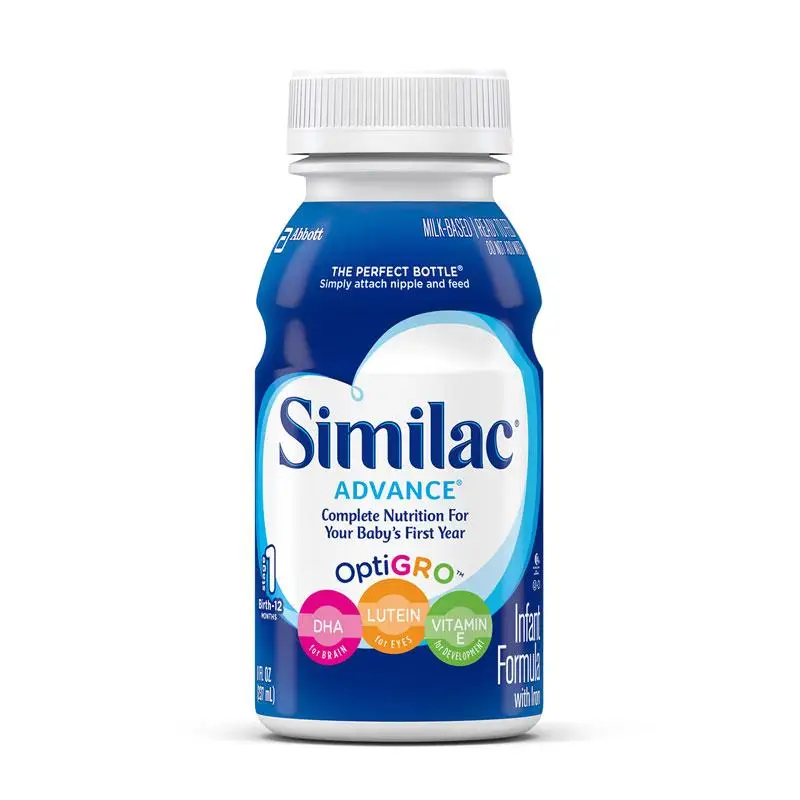 Of the minuses, one can single out the fact that the goods are not presented in all stores.
Of the minuses, one can single out the fact that the goods are not presented in all stores.
Distinctive feature: low cost and good composition.
How to introduce infant formula into the diet
The main rule when introducing infant formula into the diet is consistency. Do not immediately give the baby a full portion. It is better to gradually increase the dose and watch the child's reaction.
It is only possible to calculate the dosage of one portion intended for "acquaintance" with the mixture individually. It depends on the composition of the mixture prescribed for your child, the age of the child, his complexion, appetite and many other things. Therefore, it is better to ask this question to your pediatrician. And, of course, focus on the condition and reactions of the baby.
How long does adaptation take
The mixture is suitable if the child tolerates it well: he eats with pleasure, he does not develop dyspeptic disorders, anemia, atopic dermatitis and other similar conditions.